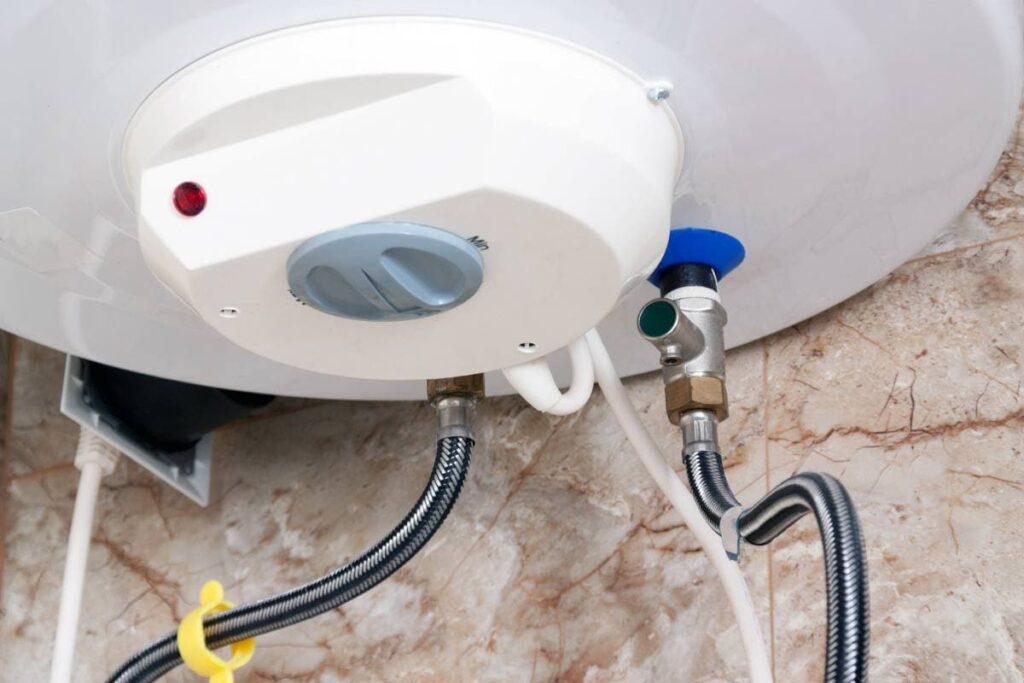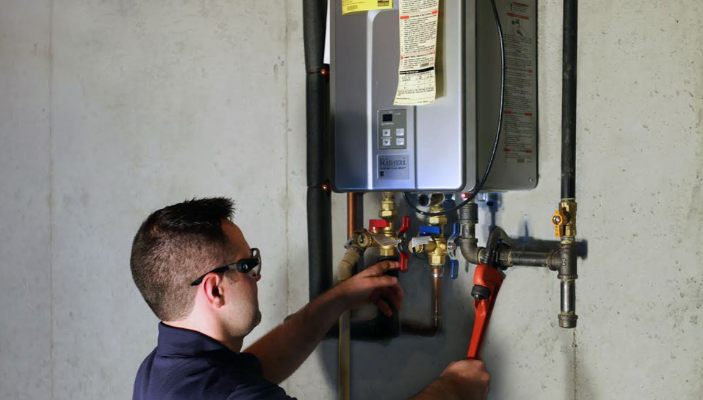Best Practices for Maintaining Your Home's Hot Water SystemCaring for Your Home's Hot Water System: Key Guidelines
Best Practices for Maintaining Your Home's Hot Water SystemCaring for Your Home's Hot Water System: Key Guidelines
Blog Article
We've stumbled on this article pertaining to Tips For Maintaining Your Hot Water Heater directly below on the web and figured it made sense to quickly share it with you on this page.

Warm water is vital for day-to-day comfort, whether it's for a rejuvenating shower or cleaning dishes. To ensure your warm water system runs efficiently and lasts much longer, normal maintenance is crucial. This article offers practical ideas and understandings on how to maintain your home's hot water system to prevent disturbances and costly repair services.
Intro
Preserving your home's hot water system may seem complicated, but with a couple of straightforward actions, you can guarantee it runs smoothly for many years ahead. This guide covers every little thing from understanding your warm water system to DIY maintenance pointers and knowing when to hire specialist help.
Value of Maintaining Your Warm Water System
Normal upkeep not only prolongs the life-span of your hot water system however additionally ensures it operates successfully. Neglecting maintenance can result in reduced effectiveness, greater energy expenses, and also early failure of the system.
Indications Your Warm Water System Needs Maintenance
Recognizing when your warm water system needs interest can stop significant issues. Look out for indicators such as inconsistent water temperature, odd sounds from the heater, or corroded water.
Recognizing Your Hot Water System
Prior to diving right into upkeep tasks, it's useful to comprehend the standard parts of your warm water system. Generally, this includes the hot water heater itself, pipelines, anode poles, and temperature controls.
Month-to-month Upkeep Tasks
Normal month-to-month checks can aid capture small concerns prior to they rise.
Purging the Hot Water Heater
Flushing your water heater removes sediment buildup, enhancing efficiency and prolonging its life.
Checking and Replacing Anode Rods
Anode rods prevent corrosion inside the tank. Evaluating and changing them when broken is crucial.
Inspecting and Adjusting Temperature Level Setups
Readjusting the temperature level setups makes sure ideal performance and safety.
DIY Tips for Upkeep
You can execute numerous upkeep jobs yourself to maintain your warm water system in leading problem.
Checking for Leaks
Frequently inspect pipelines and links for leakages, as these can cause water damages and higher bills.
Testing Stress Alleviation Valves
Checking the pressure safety valve guarantees it works properly and prevents excessive stress accumulation.
Protecting Pipes
Insulating warm water pipelines minimizes heat loss and can save power.
When to Call an Expert
While DIY maintenance is beneficial, some issues call for expert knowledge.
Complex Concerns Needing Expert Help
Instances include major leakages, electric troubles, or if your water heater is consistently underperforming.
Regular Expert Maintenance Conveniences
Professional upkeep can include thorough examinations, tune-ups, and ensuring conformity with security criteria.
Final thought
Regular upkeep of your home's hot water system is necessary for efficiency, durability, and cost financial savings. By following these ideas and knowing when to seek specialist help, you can make certain a reputable supply of hot water without unforeseen disruptions.
How to Maintain an Instant Hot Water Heater
Before tinkering with your hot water heater, make sure that it’s not powered on. You also have to turn off the main circuit breaker and shut off the main gas line to prevent accidents. Also turn off the water valves connected to your unit to prevent water from flowing into and out of the appliance. 2. When you’re done, you have to detach the purge valves’ caps. These look like the letter “T” and are situated on either side of the water valves. Doing so will release any pressure that has accumulated inside the valves while at the same time avoid hot water from shooting out and burning your skin. 3. When the purge valves’ caps are removed, you have to connect your hosing lines to the valves. Your unit should have come with three hoses but if it didn’t, you can purchase these things from any hardware or home repair shops. You can also get them from retail stores that sell water heating systems. Read the user’s manual and follow it to complete this task properly. When the hosing lines are connected, open the purge port’s valves. 4. You should never use harsh chemical cleaners or solutions when cleaning your unit. Make use of white vinegar instead. It should be undiluted and you’ll probably use about 2 gallons. 5. Now flush your water heater. This task should probably take about 40 minutes. We can’t give you specific directions for this because the procedure is carried out depending on the type, model and brand of your heater. With that being said, refer to the user’s manual. 6. When you’re done draining the unit, you have to turn off the purge port valves again. Remove the hosing lines that you earlier installed on each of the water valves. Put the valve caps (purge port) back in their respective places and be very careful so as not to damage the rubber discs that are found inside these caps. 7. Now that everything’s back in place, check your user’s manual again to find out how to reactivate your water heating system. 8. Once it is working, turn one of your hot water faucets on just to let air pass through the heater’s water supply pipes. Leave the tap on until water flows smoothly out of it. https://www.orrplumbing.com/blog/2014/september/how-to-maintain-an-instant-hot-water-heater/

I recently found that entry about Tips on Maintaining a Water Heater when scouting around the search engines. Liked our article? Please quickly share it. Help others discover it. Thanks for being here. Please check our blog back soon.
Estimating Report this page